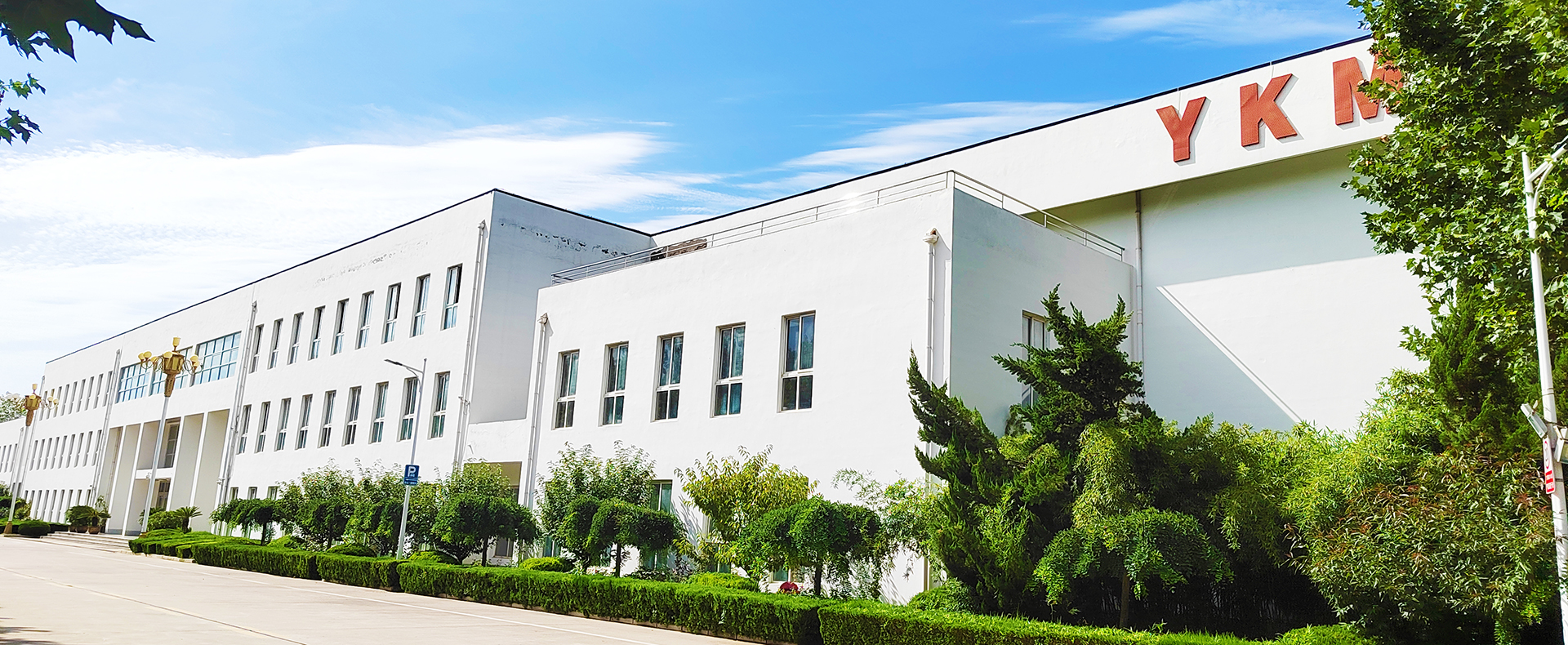Why is Stainless Steel Wire Mesh rusting?
Nov. 08, 2019
As a Stainless Steel Wire Mesh Supplier, there is some information to share with you. When brown rust spots (dot) appeared on the surface of stainless steel pipes, people were amazed: "Stainless steel is not rusted, rust is not stainless steel, and there may be problems with steel." In fact, this is a one-sided misconception about the lack of understanding of stainless steel. Stainless steel mesh belts will also rust under certain conditions.
Fine Stainless Steel Wire Mesh
Stainless steel has the ability to resist atmospheric oxidation - that is, rust, and also has the ability to corrode in acids, alkalis, and salts - that is corrosion resistance. However, the degree of corrosion resistance varies with the chemical composition of the steel itself, the state of interaction, the conditions of use, and the type of environmental medium. For example, a 304 steel pipe has absolutely excellent rust resistance in a dry and clean atmosphere, but it is moved to the coastal area, and it will soon rust in sea fog containing a lot of salt; while 316 steel pipe will perform. good. Therefore, it is not any kind of stainless steel, it can resist corrosion and rust in any environment.
Fine Stainless Steel Wire Mesh is a layer of extremely thin, stable and fine-grained material that continues to enter and continue to oxidize, and achieves the ability to resist rust. Once there is some reason, the film is destroyed from time to time, air or liquid will enter from time to time or the iron atoms in the metal will be separated from time to time, forming loose oxygen and rusting. Therefore, the stainless steel mesh does not permanently rust, as long as we do the correct cleaning and maintenance work for a long time, it is useful to add product life, greatly reduce the damage rate, and then reduce the cost of product replacement.
Stainless steel is a very thin and strong and stable chromium-rich oxide film (protective film) formed on the surface to prevent the oxygen atoms from continuing to infiltrate and continue to oxidize, thereby obtaining the ability to resist rust. Once for some reason, the film is continually destroyed, oxygen atoms in the air or liquid are continuously infiltrated or iron atoms in the metal are continuously separated to form loose iron oxide, and the surface of the metal is continuously rusted. This type of surface film is destroyed in many forms, and the following are common in daily life:
1. The surface of the stainless steel mesh belt contains dust or other metal particles attached to other metal elements. In the humid air, the condensed water between the attached material and the stainless steel connects the two into a micro battery, causing electricity. In the chemical reaction, the protective film is destroyed, which is called electrochemical corrosion.
2. The surface of the stainless steel adheres to the organic juice (such as melon, noodle soup, glutinous rice, etc.), and in the case of water and oxygen, it constitutes an organic acid, and the organic acid corrodes the metal surface for a long time.
3. The surface of the stainless steel adheres to acid, alkali and salt substances (such as alkali water and stone water splashing on the wall), causing local corrosion.
4. In polluted air (such as the atmosphere containing a large amount of sulfide, carbon oxide, nitrogen oxide), in the case of condensed water, sulfuric acid, nitric acid, the acetic acid liquid point is formed, causing chemical corrosion.
Our company also has Oil Drilling Wire Mesh on sale, welcome to come to consult.



















